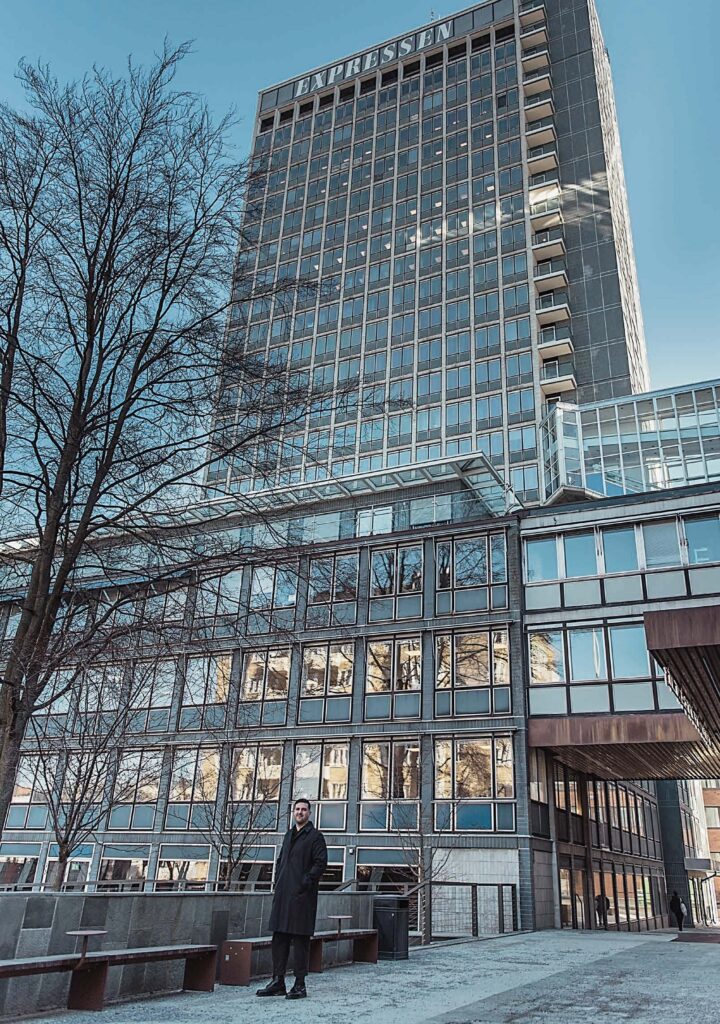Collaboration often leads to new ideas, new projects, and sometimes even new companies. For Sepehr Mousavi at Swegreen and the researchers they work with, it involves sharing ideas, developing smart solutions, and challenging each other in what is seen as possible. The process itself – the creation of knowledge – is interesting and creates value.
Swegreen is the result of combining science and practical knowledge, as well as dreams and a desire to contribute to a sustainable society. Simply put, the company offers a way to grow vegetables directly in the store, close to the end consumer. The technology is based on research into plant science, modern agriculture, digital monitoring, and artificial intelligence. The business model allows operators to “store-grow” in climate-smart facilities. Or, as Sepehr Mousavi, one of the founders and the company’s chief innovation officer in charge of its innovation lab, enthusiastically describes it:










